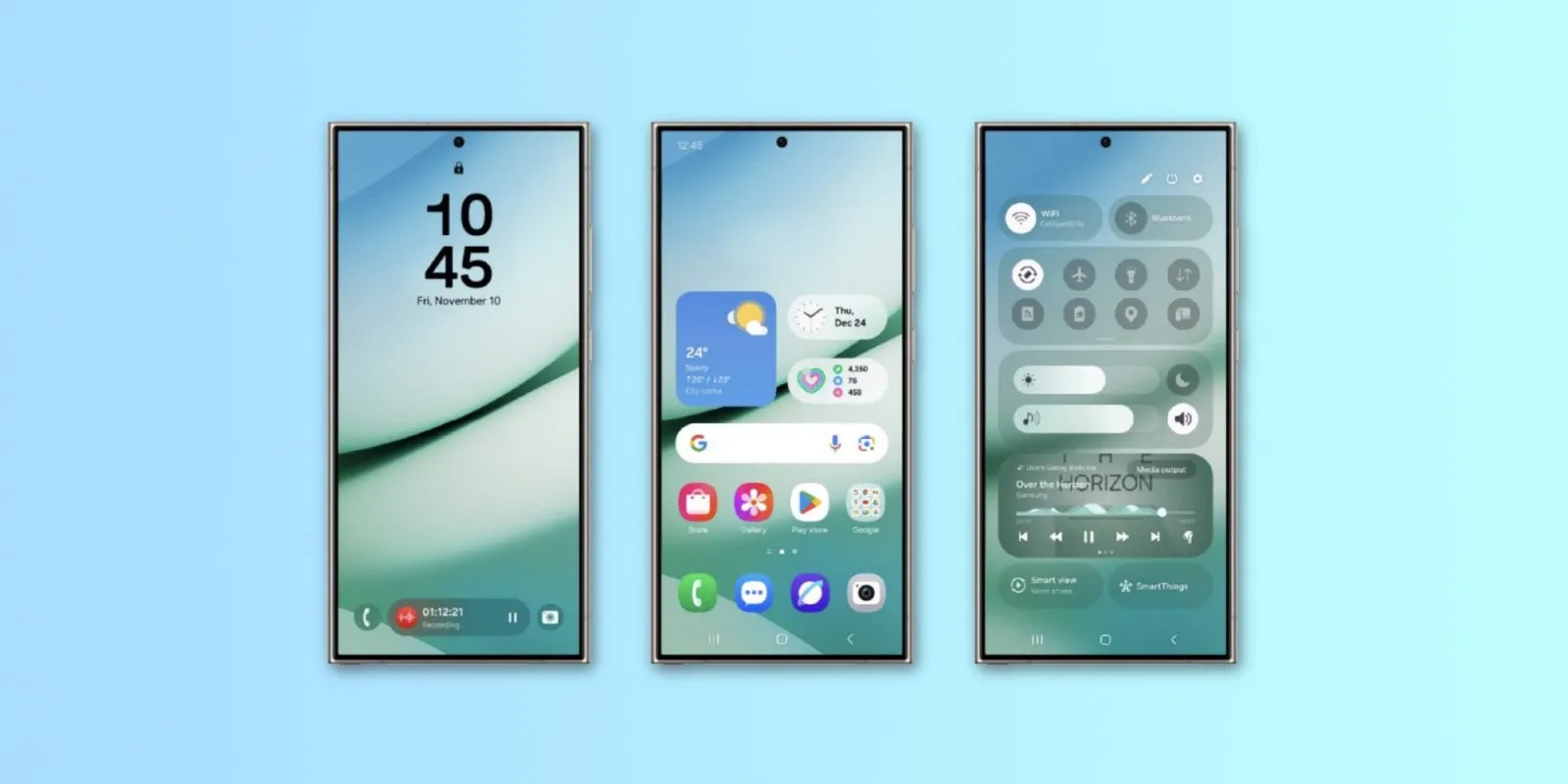Historically, Android users enjoyed separate panels for notifications and Quick Settings—a setup that changed with Android Marshmallow’s integration of a more unified control center. This allowed users to access Quick Settings with an additional swipe down after opening notifications, simplifying the process without the need for multi-finger gestures. This integration has been the norm for several years, making Samsung’s recent decision to revert to a split-pane setup in One UI 7 a notable shift in user interface strategy.

Samsung’s implementation of this new system is both intuitive and practical. Despite the separation, notifications retain their usual behavior, allowing users to swipe left or right to dismiss them, while a swipe from the right side still reveals the Quick Settings. This thoughtful design ensures that while the panels are separate, accessibility remains streamlined. The gesture control is particularly well-conceived, with notifications dominating 75% of the swipe area, acknowledging their more frequent use compared to Quick Settings.
User Flexibility at the Core
One of the most commendable aspects of Samsung’s update is its flexibility. Although the default setting presents separated notifications and Quick Settings, Samsung has ensured that users who prefer the integrated setup can easily revert. By navigating to Quick Settings > Edit > Panel Settings, users can select between “separate” or “together” options, thus accommodating a wider range of user preferences.

Public Reception and Future Implications
While initial reactions to this change may vary, the practical benefits of Samsung’s thoughtful implementation are likely to win over users. This update not only highlights Samsung’s commitment to user-friendly design but also their willingness to innovate and adapt based on user habits and feedback. As mobile interfaces continue to evolve, such adjustments play a crucial role in shaping user experience and device interaction.

Final Thoughts
Samsung’s One UI 7 update is a bold step in enhancing user interaction through a well-executed separation of notifications and Quick Settings. While it may take some adjustment, the update’s intuitive design and optional customization offer a promising enhancement to the overall usability of Samsung devices. As users adapt to this change, it will be interesting to see how this approach influences future design decisions both for Samsung and the broader Android ecosystem.










